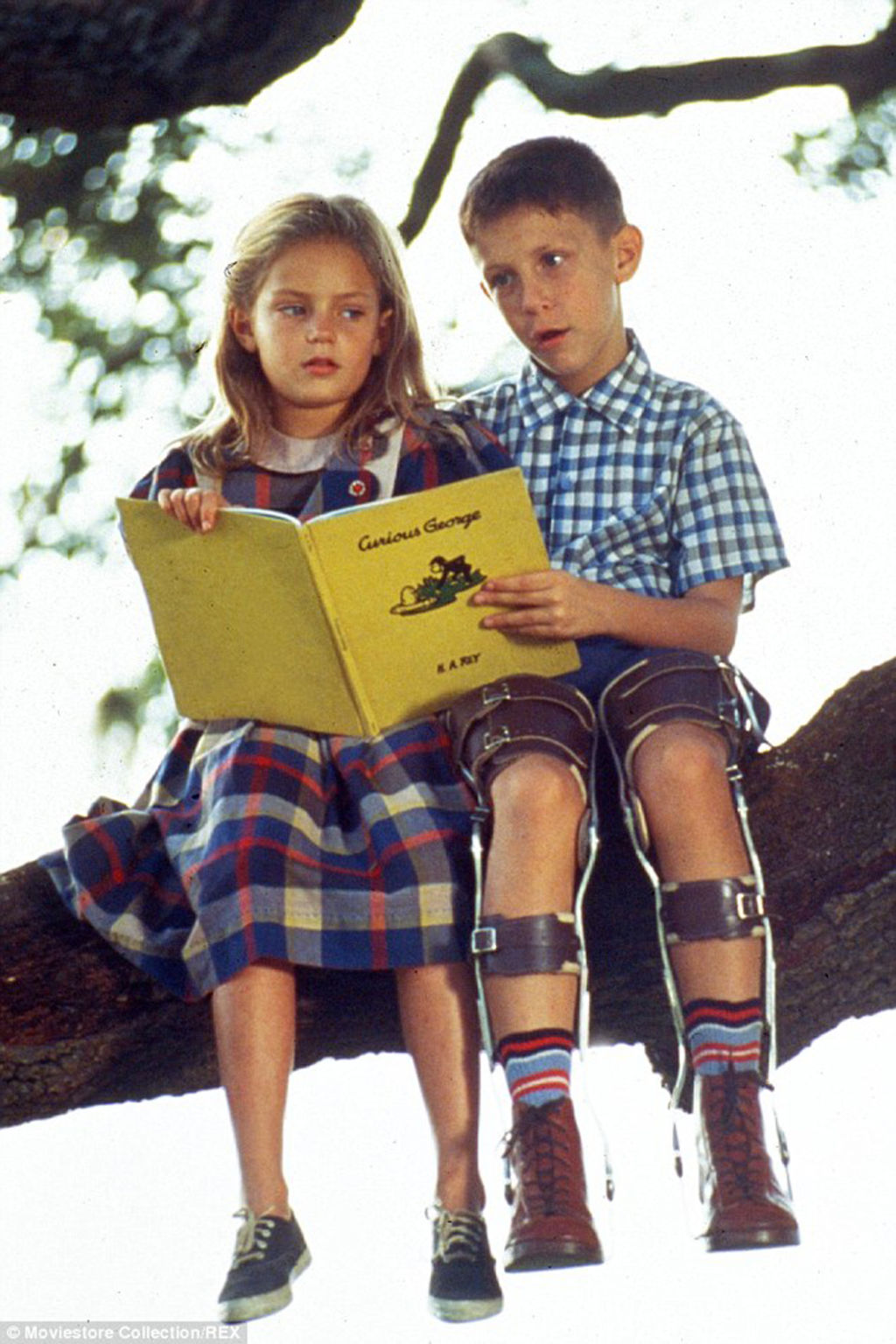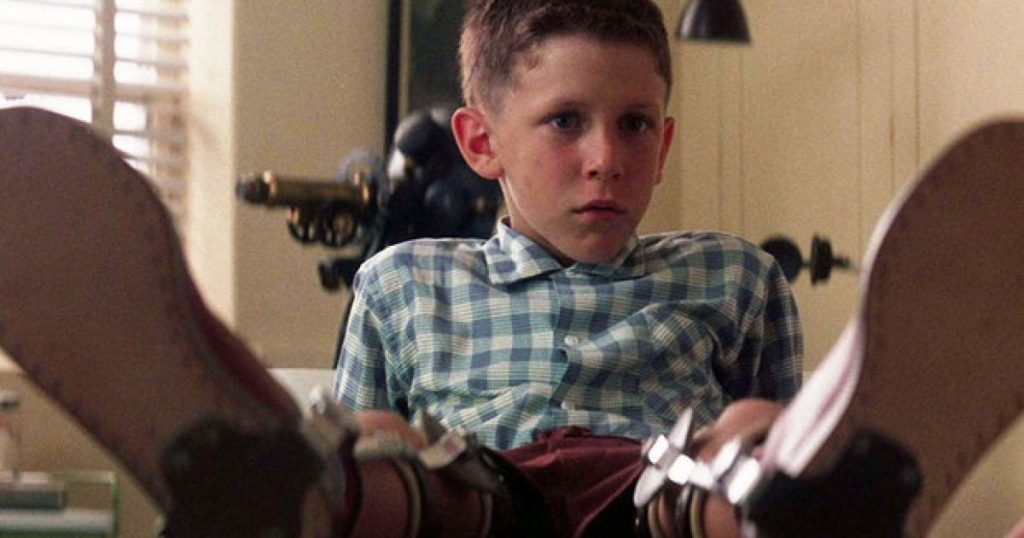

(spartito per violino e pianoforte a 4 mani)
In 1981, a white feather lands at a bus stop in Savannah, Georgia. A man named Forrest Gump picks it up as he recounts his life story to strangers who sit next to him on a bench.
In 1951 in Greenbow, Alabama, young Forrest is fitted with leg braces to correct a curved spine, and is unable to walk properly. He lives alone with his mother, who runs a boarding house out of their home that attracts many tenants, including a young Elvis Presley, who plays the guitar for Forrest and incorporates his jerky dance movements into his famous performances. On his first day of school, Forrest meets a girl named Jenny Curran, and the two become best friends.
Forrest is often bullied because of his physical disability and marginal intelligence. While fleeing from some bullies, his braces fall off, revealing Forrest to be a very fast runner. This talent eventually allows him to receive a football scholarship at the University of Alabama in 1963; he witnesses Governor George Wallace‘s stand in the schoolhouse door, becomes a top running back, is named on the All-American team, and meets President John F. Kennedy at the White House.
After his college graduation, Forrest enlists into the U.S. Army, where he befriends a fellow soldier nicknamed “Bubba”, who convinces Forrest to go into the shrimping business with him after their service. In 1967, they are sent to Vietnam, serving with the 9th Infantry Division in the Mekong Delta region. After a few routine operations, their platoon is ambushed while on patrol, and Bubba is killed in action. Forrest saves several wounded platoon-mates—including his lieutenant, Dan Taylor, who loses both his legs—and is awarded the Medal of Honor for his heroism by President Lyndon B. Johnson.
At the anti-war “March on the Pentagon” rally, Forrest meets Abbie Hoffman and briefly reunites with Jenny, who has been living a hippie lifestyle. He also develops a talent for ping-pong, and becomes a sports celebrity as he competes against Chinese teams in ping-pong diplomacy, earning him an interview alongside John Lennon on The Dick Cavett Show. In New York City, he spends the holidays and the 1972 new year with Dan, who has become an embittered cripple. Forrest soon meets President Richard Nixon and is put up in the Watergate complex, where he accidentally exposes the Watergate scandal, forcing Nixon to resign. Forrest Gump is officially discharged from the army and his service is over. He decides to return home to his mother.
Returning to Greenbow, Forrest endorses a company that makes ping-pong paddles. He uses the earnings to buy a shrimping boat in Bayou La Batre, fulfilling his promise to Bubba. Dan joins Forrest in 1974, and they initially have little success. After their boat becomes the only one to survive Hurricane Carmen, they pull in huge amounts of shrimp and create the Bubba Gump Shrimp Company, after which Dan finally thanks Forrest for saving his life. Dan invests into Apple Computers and the two become millionaires, but Forrest also gives half of the earnings to Bubba’s family, giving them a better life. Forrest then returns home to see his mother as she dies of cancer.
In 1976, Jenny—recovering from years of drug abuse and returns to visit Forrest, and after a while he proposes to her. She declines, but then has sex with him that night before leaving early the next morning. Heartbroken, Forrest goes running, and spends the next three years in a relentless cross-country marathon, becoming famous again before returning home to Greenbow.
In the present, Forrest reveals that he is waiting at the bus stop because he received a letter from Jenny, who asked him to visit her. The strangers say that the address on the letter is only a few blocks away and Forrest immediately takes off. As Forrest is finally reunited with Jenny, she introduces him to their son, named Forrest Gump, Jr. Jenny tells Forrest she is sick with an unknown incurable virus, and the three move back to Greenbow. Jenny and Forrest finally marry, but she dies a year later. The film ends with Forrest seeing his son off on his first day of school as Forrest lets go of the feather from the beginning and the wind carries it back into the sky.
~ Source https://en.wikipedia.org/wiki/Forrest_Gump
Ci sono film per cui, a sentirne il titolo, s’accende immediatamente qualcosa di musicale nella memoria. Forrest Gump è uno di questi. Non bastasse la storia commovente di un bambino con problemi cognitivi che riesce a condizionare nel corso di 30 anni di storia americana la vita di molti personaggi illustri, la colonna sonora che ne accompagna le imprese è di una tenerezza disarmante. Composta da Alan Silvestri, ha fatto man bassa di premi e riconoscimenti.
Lo spartito originale del tema principale di Forrest Gump (Main Theme), comincia e prosegue a lungo con un assolo di pianoforte, costituito da una melodia infantile ma intensa, ed un accompagnamento sincopato che si ripete senza variazioni se non nell’armonia. Anche gli archi, ed in particolare il violino, contribuiscono in maniera decisiva alla creazione dell’atmosfera iniziale di questa colonna sonora, per poi prendere il sopravvento e trasformare successivamente lo stesso tema in una melodia più lirica e ariosa.

FORREST GUMP
Spartito per Violino e Pianoforte a 4 mani

Compositore: Alan Silvestri
Arrangiatore: GC
Organico: Violino, Pianoforte a 4 Mani
Genere: Colonna Sonora
Difficoltà: Abbastanza Facile
L’arrangiamento del tema principale di Forrest Gump, elaborato da Giuseppe Cataldi per allievi di Scuola Media ad Indirizzo Musicale, è scritto per violino e pianoforte a 4 mani, ma potrebbe essere eseguito anche come 4 mani pianistico (con piccolissime modifiche), o da altri strumenti solisti al posto del violino (flauto e clarinetto i più indicati). Come accade nell’originale, i ruoli tra il violino ed il pianoforte si invertono man mano che il brano si dispiega nella sua interezza.
Lo spartito comincia con l’accompagnamento formato dal delicato ribattuto sincopato che sarà il leitmotiv di tutta la prima parte del brano, Due battute, e compare il tema, nella parte del pianoforte 1. Dopo 10 battute fa il suo esordio il violino, intonando una silenziosissima scala discendente, mentre il pianoforte 1 raddoppia la seconda parte del tema con un disegno che procede una sesta sotto rispetto alla linea melodica, ed il pianoforte 2 si arricchisce di bassi leggermente più dinamici.
La sezione successiva del tema di Forrest Gump prevede una riproposizione integrale del tema. La linea discendente precedentemente affidata al violino passa ora alla mano sinistra del pianoforte 1, mentre il violino comincia ad eseguire frammenti tematici inizialmente brevissimi, e progressivamente più lunghi, fino a guadagnare intere porzioni melodiche in vista di ciò che accadrà a breve, quando la melodia sarà prerogativa del violino.
E’ quanto avviene in coincidenza della modulazione che porta lo spartito in do maggiore, dal la maggiore iniziale. Il violino esegue il tema, il pianoforte 1 lo raddoppia, aggiungendo degli intercalari musicali liddove la melodia sosta su valori lunghi, ed il pianoforte 2 abbandona i ribattuti sincopati, per sciogliersi in un accompagnamento più fitto e regolare, che in alcune note di passaggio riproduce anche la direzione della scaletta discendente annunciata dal violino nelle prime battute della partitura.
http://www.smim.it/forrest-gump-violino-pianoforte/?fbclid=IwAR1R_XMv8Lqb45iNN27mhNZq7Ws5qVmo_EkOg0PGHOGZwQo6s7Ahbyqagho
